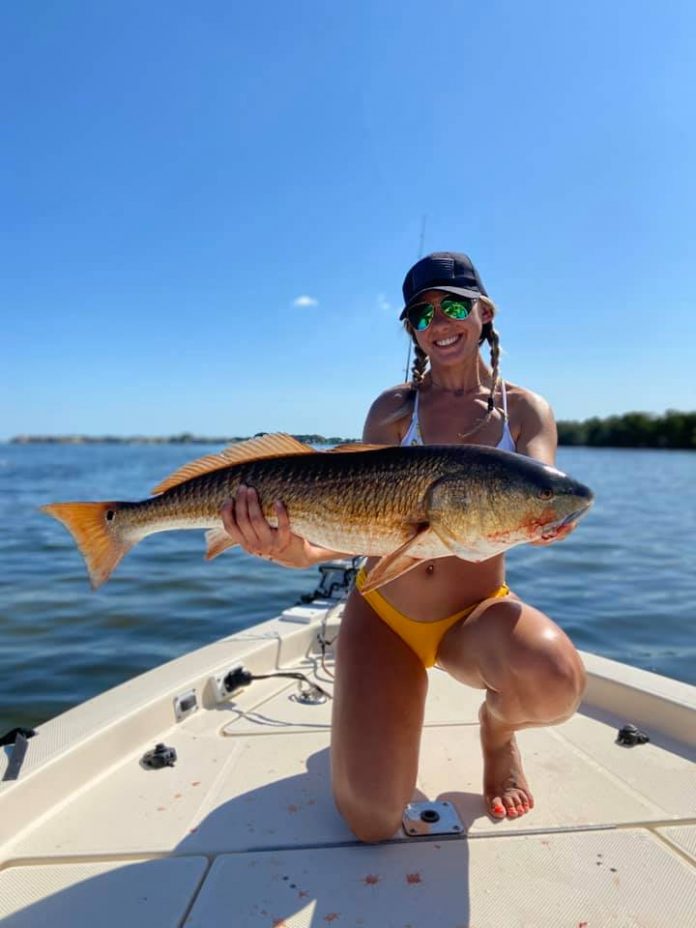FRANK SARGEANT
Published: Feb 16, 2003
You can lead redfish to food, but you can’t make them eat. That’s the lesson learned at the state’s Port Manatee Fish Hatchery over the past several months, as growth of thousands of baby reds has been stalled by low temperatures. “Their metabolism slows way down when the water is cold, and when that happens they stop eating, and when they don’t eat they don’t grow,” hatchery director Bill Halstead said. He said the hatchery goal for Tampa Bay this spring is to release 120,000 baby reds 3 to 4 inches long and another 40,000 6 to 8 inches long. But attaining that goal depends on the water’s warming and the fish beginning to eat regularly. This week of warm weather should be a step in the right direction, Halstead said. Halstead said releasing fish of different sizes allows researchers to check survival rates.
“We know that larger fish survive much better than smaller ones, but it costs a lot more and takes a lot longer to produce the larger fish, so we’re trying to evaluate how to get the most result, the most catchable fish in the water, for our investment,” Halstead said. He said 2.5 million reds have been stocked into Tampa Bay since the program began, in March of 2000. The fry result from adult reds captured from the bay in nets and kept at the hatchery. The young fish are kept in 1- acre ponds, covered by netting to protect against predatory birds, until they reach the desired size for release. Halstead said DNA tests on recaptured fish can reveal the parents. Scientists have carefully cross-bred a variety of males and females to preserve the genetic diversity of stocked fish, he said.
Halstead said reds grow about an inch per month in their first few years and many from the earliest stockings should now be the legal 18 to 27 inches. The stocking program is an effort to get around what biologists speculate is a “bottle-neck” of survival due to historic loss of salt marsh and mangrove creek habitat, where baby redfish can grow large enough to avoid predators. Not all fishery scientists are convinced stocking fish in saltwater can work economically, since predation is known to be very high on small fish. Some say the money would be better spent in building more shallow marsh habitat to encourage natural survival. Texas has a massive restocking program, however, and biologists there report that a considerable portion of reds caught these days can be identified as hatchery fish.
LONG PADDLES: An expedition-style canoe/kayak race starts from St. Petersburg’s Fort DeSoto Park on March 7. The WaterTribe Everglades Challenge is a 300-mile paddling race that winds up in Key Largo, crossing the backcountry of the Everglades over four to eight days.
- Jay Mastry - March 26, 2024
- Captains Corner, Gorta - March 23, 2024
- Dave Zalewski - March 12, 2024











